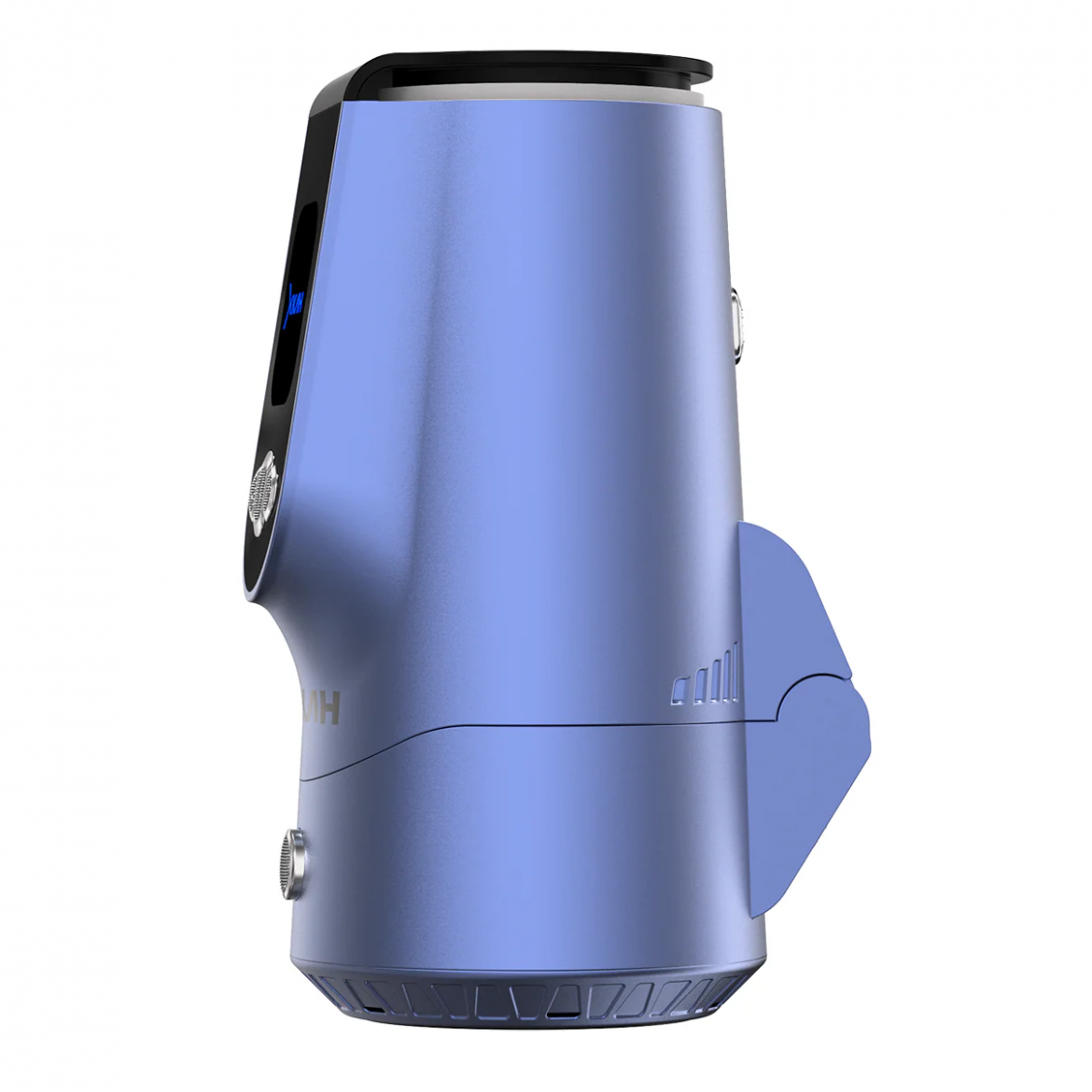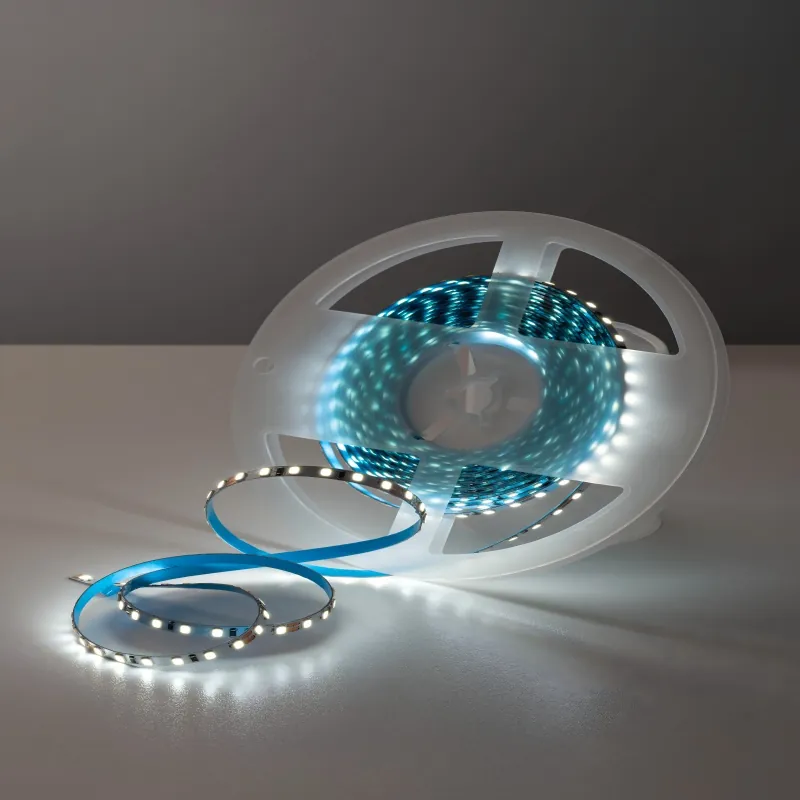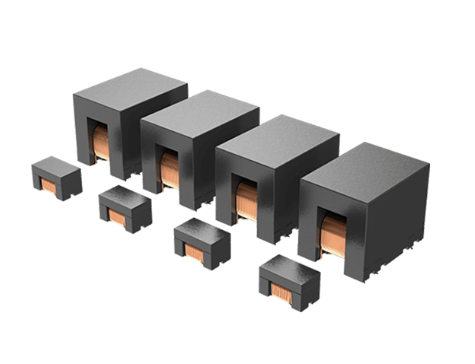As the global market for smoking alternatives continues to evolve, electronic hookahs are emerging as a key player, driven by innovation and shifting consumer preferences. By 2025, the electronic hookah industry is expected to witness significant advancements, with brands like XKAH leading the charge in developing cutting-edge solutions that cater to modern demands. These trends are reshaping the market, offering users enhanced experiences while addressing health and sustainability concerns.
Smart Integration and Connectivity Features
One of the most notable trends in electronic hookah innovation is the integration of smart technology and connectivity features. By 2025, electronic hookahs, including those from XKAH, are likely to incorporate Bluetooth connectivity, allowing users to control their devices via smartphone apps. This connectivity enables precise temperature adjustments, session tracking, and even personalized flavor profiles, enhancing the overall user experience. Additionally, smart electronic hookahs may offer safety alerts, such as low battery warnings or maintenance reminders, ensuring optimal performance and longevity. The XKAH brand, known for its forward-thinking approach, is expected to lead in this area, offering devices that seamlessly blend technology with traditional hookah enjoyment.
Sustainable Materials and Eco-Friendly Designs
Sustainability is another critical trend shaping the 2025 electronic hookah market. As consumers become more environmentally conscious, manufacturers are prioritizing eco-friendly materials and designs. Electronic hookahs from XKAH, for instance, are likely to feature recyclable components, biodegradable packaging, and energy-efficient heating systems. These innovations not only reduce the environmental impact of electronic hookahs but also appeal to a growing segment of eco-minded users. Furthermore, some models may incorporate rechargeable batteries or solar-powered options, minimizing waste and promoting sustainability. By adopting these practices, brands like XKAH can position themselves as leaders in the green movement within the smoking alternatives industry.
Enhanced Flavor Delivery and Customization Options
Flavor innovation is another area where electronic hookahs are expected to make significant strides by 2025. Users are increasingly seeking diverse and authentic flavor experiences, driving manufacturers to develop advanced flavor delivery systems. Electronic hookahs, such as those from XKAH, may feature multi-flavor chambers or modular designs that allow users to mix and match flavors, creating unique combinations tailored to their preferences. Additionally, some devices may utilize advanced heating technologies to ensure consistent flavor release, preventing the burnt taste often associated with traditional hookahs. The XKAH brand, with its focus on quality and innovation, is well-positioned to deliver these enhanced flavor experiences, setting new standards in the market.
Conclusion
The electronic hookah market is poised for transformative growth by 2025, driven by trends such as smart integration, sustainability, and enhanced flavor delivery. Brands like XKAH are at the forefront of this evolution, developing devices that cater to modern consumer demands while addressing health and environmental concerns. As the industry continues to innovate, electronic hookahs are expected to become more sophisticated, offering users a safer, more customizable, and enjoyable alternative to traditional smoking methods. By embracing these trends, manufacturers can ensure their products remain relevant and competitive in the dynamic 2025 market landscape.







